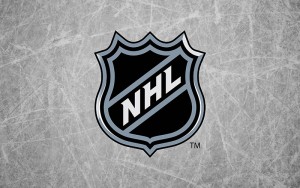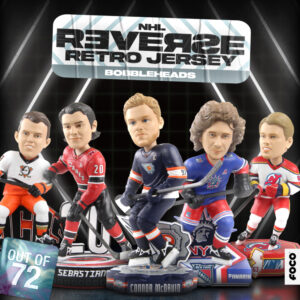Two weeks ago in Toronto, the National Hockey League conducted a Research, Development and Orientation camp. The two-day event allowed General Managers and scouts to preview the 2011 prospects as well as using them to experiment and test proposed rule changes beginning Fall 2011. Several rule proposals were tested at the camp, from placing an off-ice official on a platform to help call penalties, to placing a line inside the goal to assist video reviews.
Below is a list of some proposed rule changes tested in Toronto, as well as Pro’s and Con’s of each.
Hybrid Icing
Current Rule: Icing is called when a player on the defensive team touches the puck after it crosses the goal line. It could be negated if an attacking player touches the puck before the defensive team.
Proposed Rule: Allow the linesman to determine what player has advantage around the area of the faceoff dots. If the defensive player has advantage, icing could be called. If the attacking player has the advantage, play would continue.
Pro’s: This would prevent injuries from players racing for the puck. Several players have suffered serious injuries (remember Kurtis Foster in 2008?) including broken legs and ankles.
Con’s: While the official has more freedom to call/wave off icing, it could lead to controversy in instances if there is a tie or no player has a distinct advantage for the puck. Last thing I want to see is a blown call like this at a critical point in the game such as the final minute or in overtime.
Yellow Verification Line
Current Rule: None.
Proposed Rule: A yellow line would be placed three inches behind the goal line. If the puck touched the line, it would clearly mean the puck crossed the goal line/entered the net.
Pro’s: This one is pretty obvious. How many good goals with video review technology are turned back because it could not be determined the puck completely crossed the line? Remember the World Cup goal earlier this summer? It can only help the replay officials determine goals from both the overhead and in-net camera angles. It could also speed up the process.
Con’s: Hockey is played in a 3D world. Camera angles and a yellow line is still in a 2D environment. I’m confident the yellow line would help and speed up the review process but I have a feeling this won’t solve all problems.
Changing Ends for Overtime
Current Rule: Teams and goalies stay at the same sides as the third period.
Proposed Rule: Teams switch ends for Overtime. They will attack at the same end of the rink as they did in the second period.
Pro’s: For those who hate the shootout, this could lead to more scoring opportunities as players are further from the bench. It would be risky for teams to make line changes on the fly because a team could be caught off guard and easily create a odd-man rush. They should implement this before going to a 3-on-3 overtime.
Con’s: This took a while to think about, but it could be more difficult for a goalie to go to the team’s bench for an extra attacker in a delayed-penalty situation.
Smaller Goal Cage
Current Rule: The current depth of the net is 44 inches.
Proposed Rule: Make it more shallow to 40 inches.
Pro’s: It would create more room behind the net. More space for offensive forwards to setup plays or attempt wrap-around shots.
Con’s: We already see several goals that will hit go inside the net and quickly pop out. 4 inches doesn’t seem like much, but when shots happen that quickly it could lead to increased goal reviews. Another unintentional drawback is more, bigger hit’s from defensemen who want to lay out a forward coming from behind the net.
Faceoff Infractions
Current Rule: When the center cheats on a faceoff, a winger will usually jump in and take the faceoff.
Proposed Rule: The opposing center gets to choose what player he wants to take the faceoff against. That player just has to be on the ice.
Pro’s: It will teach center’s to not cheat on faceoff. Especially if it’s in their own zone, because most likely the opponent will pick a defenseman to take the draw against.
Con’s: This rule seems silly. Having a player pick who he want’s to take the faceoff against? This could turn some fan’s off especially if he leads to a goal for the non-offending team.
For more information about the NHL Research Development and Orientaiton Camp, The Hockey News posted a video as well as interviews from General Managers and others involved with the camp.



[…] down to Earth and should benefit the speed of the game and health of the players. Some of them have even been tested previously and will be revisited this […]